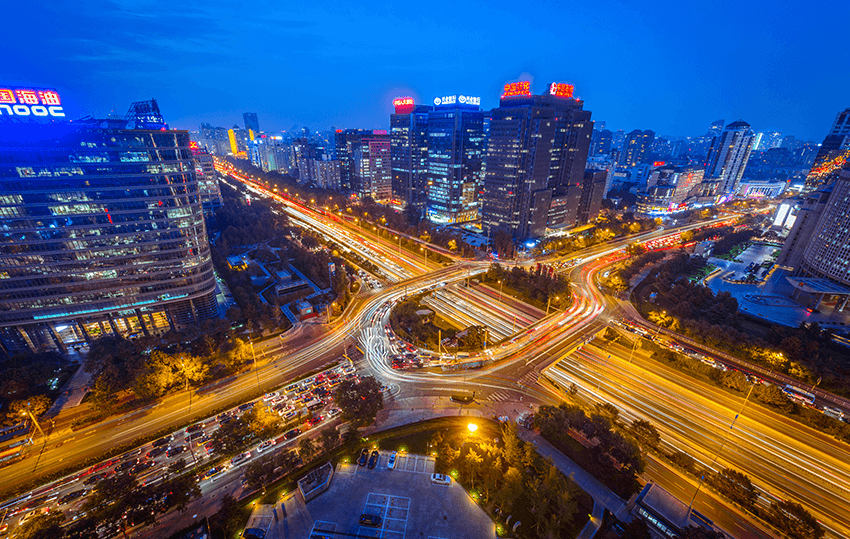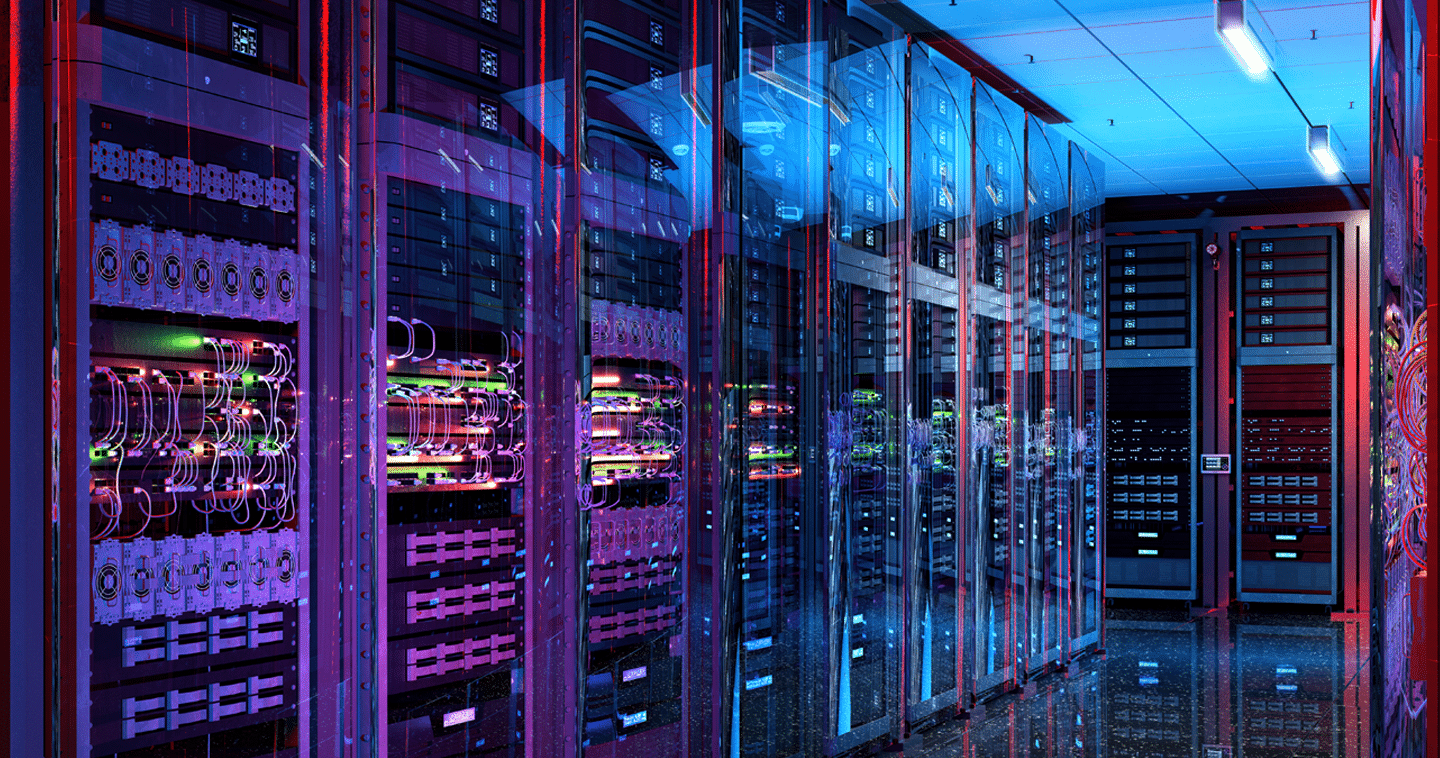What’s Driving the Future of Transportation in China?
What is it with tech companies pouring cash into transportation companies these days? Apple just invested $1 Billion in Chinese car-hailing service Didi Chuxing in May, which turned around to purchase Uber China in August. Samsung in July also invested $450 Million in BYD Company Ltd, a Chinese firm that makes both automobiles and rechargeable batteries.
When you think about it, though, it makes a lot of sense. The demand for automobiles in China is growing rapidly, yet so is the push-back from citizens, environmental groups, and government agencies. There are already 5.6 million cars on the road in Beijing —twice as many as only 10 years ago — and authorities want to keep that number from climbing much higher. Air quality in the city is terrible, and 30% of the pollution is attributed to engine exhaust1. Beijing actually has a lottery system set up to restrict the issuance of local Beijing license plates. More than 2.7 Million people participated in Beijing’s license plate lottery in 2015, yet only around 3,600 plates were issued. Drivers caught driving in Beijing without a local license plate are fined.
[Tweet “Widespread use of clean, autonomous cars may start with a car-hailing service in Beijing.”]
If you think of this confluence of needs – to get from place to place on the one hand and to reduce pollution and the number of cars on the road on the other hand – the transportation demands in China present a singular opportunity for tech companies and transportation companies to work together. It’s not just an opportunity to invest in cleaner cars; it’s a huge opportunity to leapfrog forward into the world of cleaner, autonomous and self-driving cars.
That’s the opportunity that Apple and the others are buying into. They’re smart companies and there’s no doubt that the influence they’ve acquired will manifest itself in innovative ways. Imagine a ride-hailing service built on a fleet of self-driving cars. You can bet that executives at Apple and Didi Chuxing are imagining that scenario even as you read this.
As a side note, it’s worth pointing out that Uber just bought Otto, a U.S. start-up that builds self-driving trucks. You can see where all this is going: We’re looking at fleets of service vehicles—for ride sharing as well as deliveries and freight hauling–that are clean, safe, efficient, and ubiquitous.
Given all this, it’s worth noting that smart vehicles – of every kind – are going to need more than innovative applications to succeed. There will be vast new sensor arrays, telemetry systems that send live information back to control and data centers, vehicle-to-vehicle (V2V), vehicle-to-road communications systems, and much more – and all the applications and data need to reside in a storage system that is designed for the real-time requirements of an environment that that can be hot, dry, dusty, wet, cold, and muddy. Oh, and bumpy, too. Very bumpy.
And that, of course, is why SanDisk has made the investments it has in NAND Flash technologies for storage solutions that are specially designed for automotive. NAND Flash is the ideal storage medium for the autonomous automobile. It has a proven track record for reliability, high capacity in a small form factor, low power, and resilience in the face of environmental extremes (from temperature fluctuations to ceaseless yet highly variable degrees of vibration). SanDisk automotive NAND flash solutions are built to perform reliably in these conditions for many years to come, while enabling a highly-responsive and seamless user interface; stored applications and data are available immediately, without any apparent delay or access time. In fact, many tier 1 OEMs already rely on SanDisk solutions to deliver world-class experiences to their customers, so Apple, Didi Chuxing, and any other transportation firms out there, let’s touch base. We know where you’re going, and we can help you get there.
1 – NY Times




